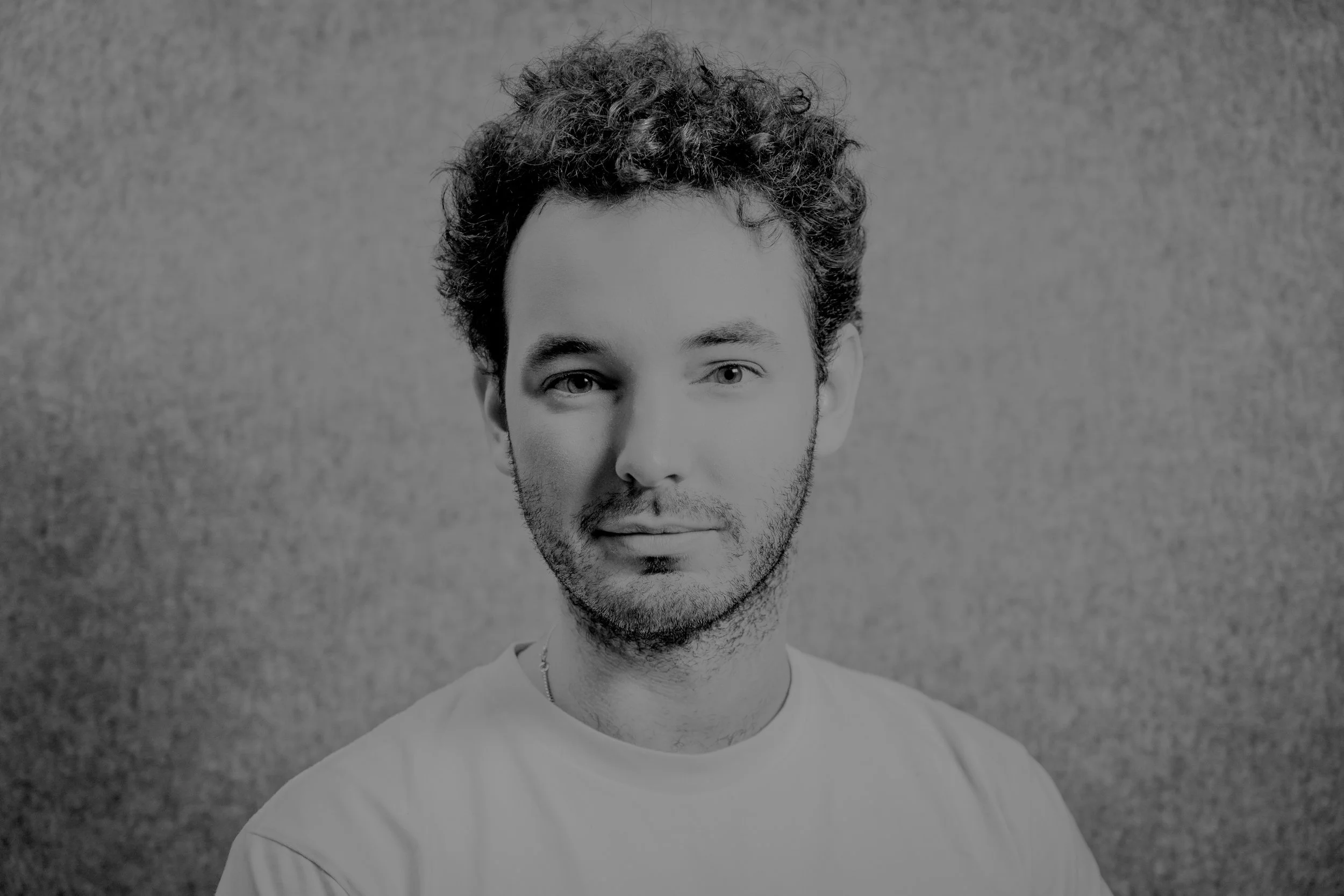Meet our Guest with Ward Williams
Portrait of Ward Williams. Photographed by Austin Stone. Seminal Dashboard. © Li Jin, licensed by Seminal.
At Guest Work Agency, we are passionate about protecting artists’ intellectual property, which is why we are thrilled to be working with Seminal. Seminal opens up new revenue streams for artists by connecting them with prospective brands, retailers and ad agencies all around the world. It also gives artists access to its infringement detection software and supports them in instances of unauthorised use. For this edition of Meet our Guest, we had a chat with Ward Williams, Founder and CEO of Seminal, to find out more.
Ward has a background in investment banking, alongside a passion for the arts. Originally, Ward began a business selling limited-edition prints, which then evolved into Seminal. He has led the team at Seminal since June 2022.
What inspired you to start Seminal?
I think that it was an innate need to be of service. When I saw the opportunity to create an impact on an industry that I loved, it felt like a no-brainer.
When we originally started on this journey, it was a mission to help photographers and digital artists make more money with their files … In other words to help artists make more money with their copyright. Once we understood the industry dynamics better, the scope of this opportunity became more obvious.
Licensing seems to play second fiddle to the sale of artworks in the art industry. How do you see licencing evolving in the next 5-10 years?
Original artworks have a 1-to-1 relationship; the ability to reach people is linear and restricted by geography and where the work is located. Files that are distributed – otherwise known as “licensing” – grant you unlimited reach; a 1-to-many relationship.
Throughout history, the art world has largely operated as follows: artist creates an original work and a gallery sells that work on consignment. Artists have generally relied on gallerists and dealers to create a market for them, enhance their brand and increase the value of their works.
Overtime, the hard cost to produce and distribute files has trended towards $0, creating social media. In light of social media, artists now have the capacity to share and distribute their artwork to millions of people and grow their own brand.
While there is no doubt that your awareness as an artist is correlated with a higher price for originals, what is more interesting is that for millions of fans that follow your works, how do you engage them? How do you create new products, new offerings for fans to follow you and support your practice? It’s all about connecting with your audience. Last year we saw the Basquiat estate license his artwork into Fortnite. Every 12-year-old in the world now knows who he was. His legacy and aura has passed on to a new audience; the next generation.
Licensing in the next 5-10 years becomes paramount for growing your brand and raising your awareness, with your following around the world.
How do you think we can better educate artists on the value of their intellectual property and the importance of protecting it?
I am a firm believer in educating by creating opportunity and revealing the incentives of licensing. A sort of ‘build it and they will come’ mentality.
If there is value in the IP rights, then artists will incorporate this into their practice. Anything that is of value will be worth protecting. Artists, rights owners and rights administrators need to be able to see a tangible value accretion from their rights and the rest will follow. That is our mission at Seminal.
Can you explain how Seminal’s infringement detection works, and how it benefits artists?
We are currently in the process of trialling this and then rolling out to all artists.
In a nutshell, we have developed technology that intelligently screens websites, searching for unlicensed use of your artwork and the sale of counterfeit products. Possible cases are sent to our artists to verify that we have in fact discovered unauthorised use of their work. Identifying the infringement is one thing, but how do you action it?
In addition to automated cease and desists, we are currently developing a first of its kind Revenue Recovery Program for artists. The product involves the US copyright office and enables artists to seize funds from sellers that have profited from the sale of counterfeit goods online, at no cost.
Tell us about some of the licensing projects Seminal is working on that you’re particularly excited about?
While I can’t speak on specifics, as many of our licensing projects are currently under development and are yet to be launched, we are working with several of the largest brands and retailers internationally.
We have some incredible projects in fashion, apparel, homewares and accessories, but what is more exciting are the deals which we have in location-based, experiential and immersive experiences.
What advice would you give to young entrepreneurs looking to make an impact in the intersection of art and tech?
Build something that people love, network widely and tell a compelling story. The rest will fall into place.
